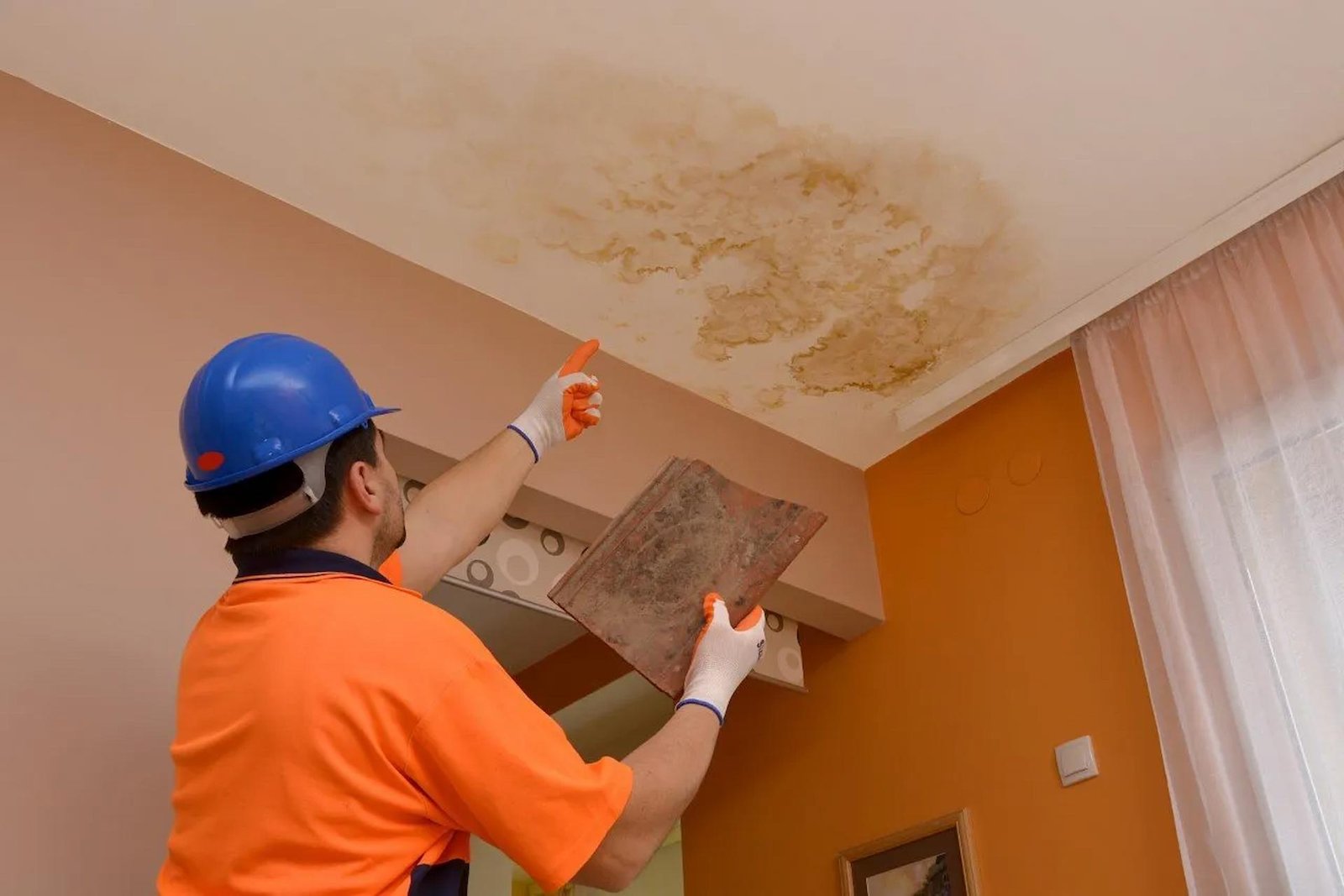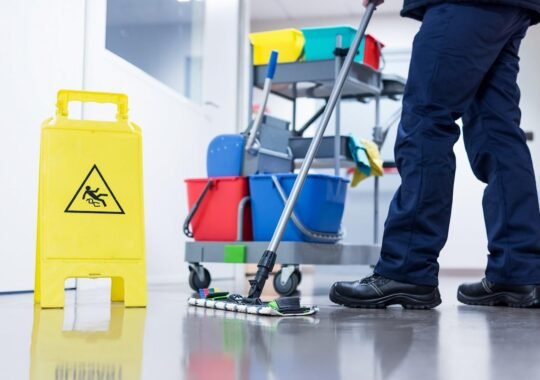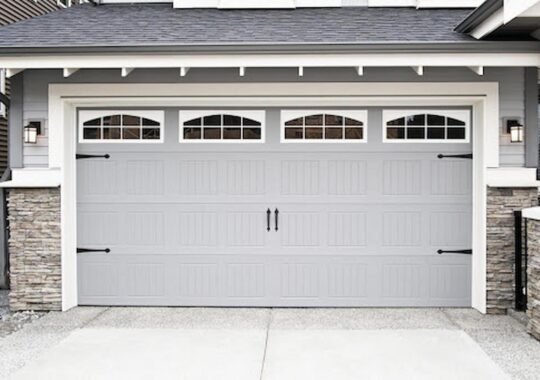A leaking roof is more than just an annoying drip, it’s a warning sign that something is wrong. Whether it starts as a small stain on the ceiling or water pouring into your attic during a storm, roof leaks can cause major headaches and expensive repairs if not addressed quickly.
Understanding what causes roof leaks is the first step to preventing them. Below, we’ll walk you through the top 10 most common causes of roof leaks and what you can do to stay ahead of them. When dealing with leaks, it’s important to call on professional roof repair services.
1. Damaged or Missing Shingles
One obvious cause of roof leaks is damaged or missing shingles. Shingles can crack, curl, or get blown away during high winds or heavy storms. Once that protective layer is gone, water can easily seep underneath and find its way into your home. If you see shingles on the ground after a storm, it’s a good idea to inspect your roof or call in a professional. If you notice signs of damage like missing shingles or ceiling stains, searching roof repair near me is the quickest way to find local experts who can inspect and fix your roof before the problem worsens.
2. Cracked Flashing
Flashing is the thin metal strip installed around chimneys, skylights, vents, and where the roof connect with a wall. It directs water away from these weaker areas. Over time, flashing can crack, rust, or pull away from the surface, especially if it was poorly installed. Once compromised, water has a direct path to enter your home.
3. Clogged Gutters
Your gutters are designed to move water away from the roof and foundation. When they’re clogged with leaves, debris, or even nests, water backs up and can start pooling on the roof. That standing water will eventually find its way under the shingles or into cracks, especially during freeze-thaw cycles.
4. Improperly Sealed Valleys
The “valleys” are where two sections of your roof meet and create a V-shape. These areas carry a lot of water during rainstorms. If the valley isn’t properly sealed or the sealant has deteriorated over time, it can lead to serious leaks. Often, homeowners don’t realize there’s an issue until water starts showing up inside.
5. Worn Out Pipe Boots
Pipe boots are rubber or metal flashing installed around the base of vent pipes that stick out of your roof. They’re meant to keep water out, but over time, the rubber can crack or break down due to sun exposure and weather. When that happens, water can easily drip right down the pipe into your ceiling or walls.
6. Ice Dams
In areas with cold climates, ice dams are a common cause of winter roof leaks. They form when snow on the roof melts and refreezes at the edges, creating a dam that does not let water from draining off. As the water comes up from the dam, it can seep under shingles and into the attic. Proper insulation and ventilation can help avoid this issue.
7. Skylight Leaks
Skylights are beautiful for letting in natural light, but they’re also a common source of roof leaks. If the flashing around the skylight is cracked, or if the window was improperly installed or sealed, water can leak in. Even age can play a factor, as seals tend to weaken over time.
8. Roof Age and Wear
Even the best roofs have a lifespan. As your roof gets older, the materials begin to break down from exposure to sun, wind, rain, and snow. Shingles become brittle, flashing corrodes, and sealants wear out. A roof that’s 20+ years old is far more likely to develop leaks simply due to age-related wear and tear.
9. Poor Installation
Unfortunately, not all roofs are installed correctly. A poorly installed roof might have gaps, incorrectly placed flashing, or improper shingle alignment, all of which can lead to leaks. If your roof was installed by a cut-rate contractor or rushed through the process, it may be more vulnerable to leaks, sometimes only a few years in.
10. Punctures from Debris or Foot Traffic
Falling branches, hail, or even animals can cause punctures or holes in your roof. Additionally, walking on your roof, especially in hot weather or if the shingles are older, can cause damage. These punctures may be small, but they can still let in a surprising amount of water, especially during a heavy rainstorm.
Final Thoughts: Prevention Is Key
Most roof leaks don’t happen overnight. They’re the result of wear, damage, or neglect over time. That’s why regular roof inspections, especially after storms or extreme weather, are so important. By catching small issues before they turn into big leaks, you can save yourself time, money, and stress.
If you do spot signs of a leak, such as water stains on ceilings, musty smells in the attic, or visible damage from the outside, don’t wait. Call a professional roofing contractor to assess the damage and make repairs before things get worse.
Your roof is your home’s first line of defense against the elements. A little attention now can go a long way toward keeping it leak-free and strong for years to come.





